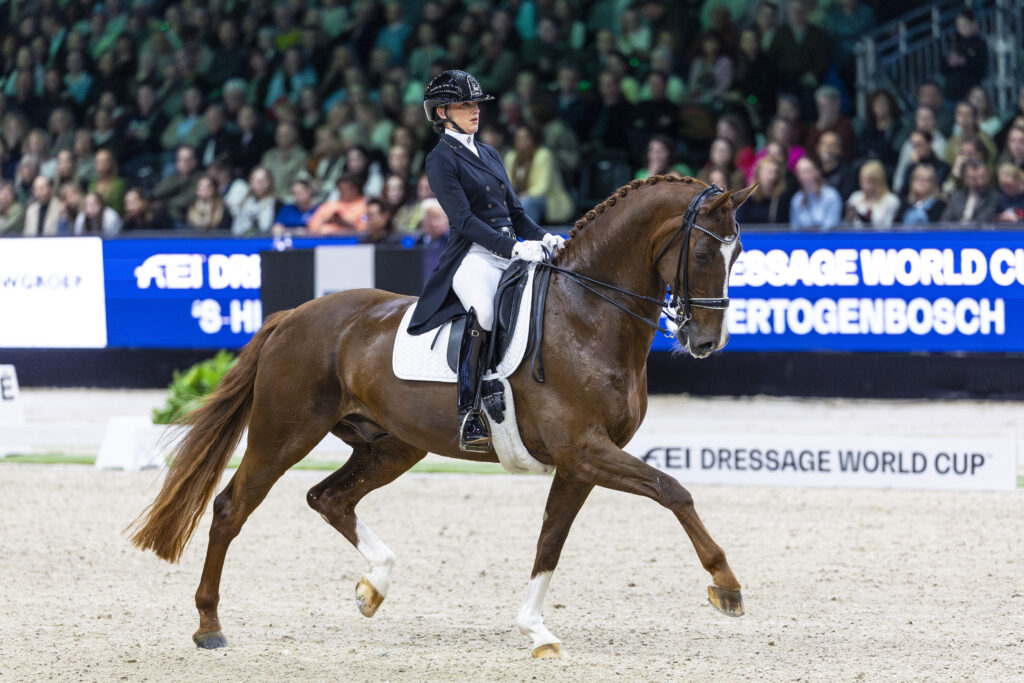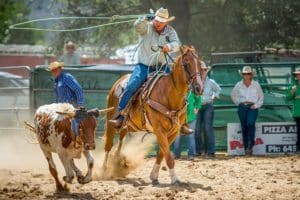Exercise-Induced Bone Remodeling in Horses
- Topics: Article, Conditioning, Lameness, Sports Medicine

“Bone is the only tissue in the body that can heal without a scar,” said Christopher Kawcak, DVM, PhD, Dipl. ACVS, ACVSMR, of Colorado State University’s College of Veterinary Medicine & Biomedical Sciences, in Fort Collins. Kawcak, who is professor of orthopedics and Iron Rose Ranch Chair at the Translational Medicine Institute, in the Department of Clinical Sciences, spoke at the 2025 IGNITE Sports Science for the Olympic Disciplines Seminar, held Jan. 12-13, in Ocala, Florida. He described bone remodeling in horses and how bone can heal back to its original strength or even come back stronger than before.
Bone Remodeling in Horses
When bone is damaged, it sends a signal that attracts osteoclasts (cells that break down bone tissue) to take away damaged, diseased bone. This cleaning process happens rapidly—beginning minutes after a horse suffers a fracture. However, it temporarily leaves a weakened spot in the bone. The bone-forming cells take a matter of months to repair the bone, requiring 60-90 days of downtime for the horse. Otherwise, the chances of reinjury go up. “The bone only needs to see low amounts of intensive load,” said Kawcak, to complete bone formation following injury.
Understanding Bone Injuries in Horses
Veterinarians see two types of bone injuries in horses: acute or traumatic injury, and repetitive-stress injury. When it comes to healing these injuries, there are two paths the bone can take, Kawcak said.
Stall rest used to be the recommendation for healing bone injuries, but now veterinarians focus on active or athletic rest, including turn out if possible. The idea is to be more aggressive in rehabilitation to keep bone remodeling moving, said Kawcak.
However, remodeling can induce (OA) in a joint if the bone continues to degenerate over time. The horse can experience pain isolated to that area or centralized in the nervous system.
How can veterinarians determine exactly what happens with the horse’s bone? Kawcak says PET scans, thermography, and CT scans can reveal architectural changes in the bony tissue better than radiographs (X ray). A PET scan compliments and gives physiological information as well as shows high remodeling activity. In addition, wearable technology can help identify damage under saddle that doesn’t show up with an in-hand evaluation.
Take-Home Message
Bone remodeling is a key process that supports healing after injury or disease. Monitoring the fatigue process on imaging allows the opportunity to identify at-risk horses, and thoughtful rehabilitation can positively influence remodeling. This allows the bone to come back as good, or better, than ever, said Kawcak.
Related Articles
Stay on top of the most recent Horse Health news with

















